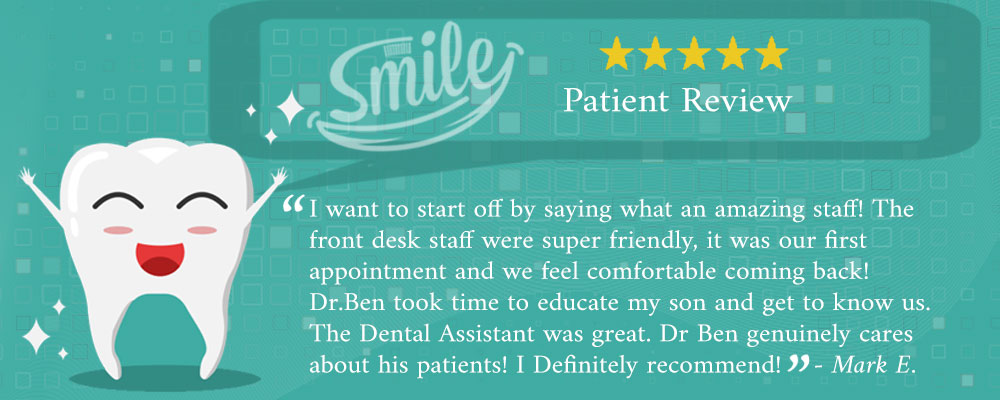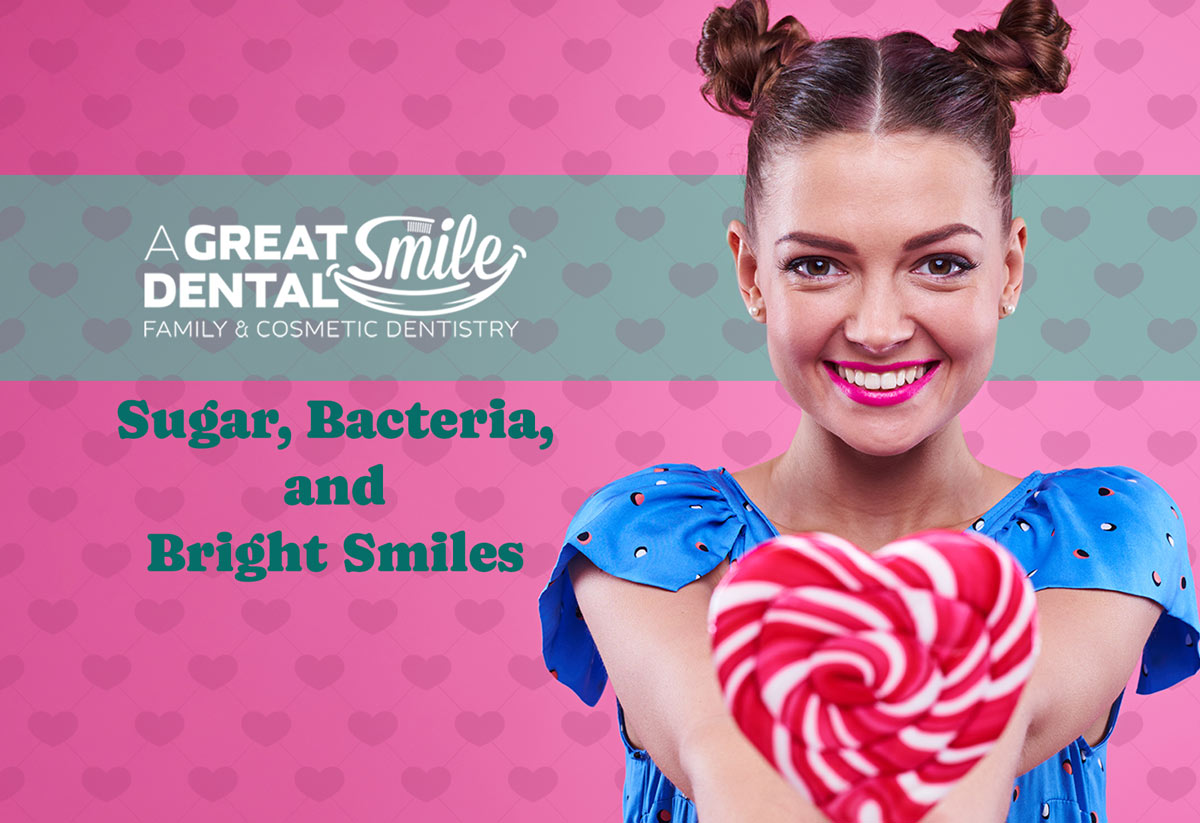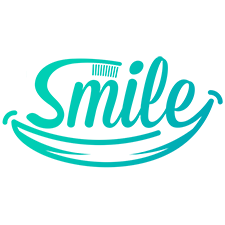We’ve all heard it before—too much sugar leads to cavities. Yet, sugar consumption in the U.S. continues to rise at an alarming rate. The holiday season only adds to the problem, and many people opt for quick-fix diet trends rather than long-term lifestyle changes.
Back in the early 1900s, the average American consumed just 4 pounds of sugar per year. That might seem like a lot, but today, that number has skyrocketed to a staggering 160 pounds annually. Despite increasing awareness and health initiatives, sugar intake remains on the rise.
The Bacteria in Your Mouth
Your mouth is home to a vast ecosystem of bacteria—some beneficial, some harmful. Brushing regularly helps maintain a balance, with about 1,000 to 100,000 bacteria per tooth. However, neglecting oral hygiene can lead to bacterial overgrowth, with numbers soaring to 100 million to 1 billion bacteria per tooth.
Two of the biggest culprits behind cavities are Streptococcus mutans and Streptococcus sobrinus. These bacteria thrive on sugar, forming plaque—a sticky, colorless film that clings to teeth. If not removed through brushing and flossing, plaque provides a breeding ground for harmful bacteria, eventually leading to cavities and gum disease.
The Importance of Healthy Habits
When plaque isn’t removed, it hardens into tartar within just 24 hours. Tartar, a mineralized buildup that traps stains and bacteria, can only be fully removed by a dentist.
Plaque starts forming just 20 minutes after eating, and a diet high in sugar accelerates bacterial growth, increasing the risk of cavities significantly. Despite this, 30% of Americans brush only once a day—far from ideal.
A Great Smile Dental Las Vegas recommend brushing for two minutes, twice a day. Brushing too little allows plaque to build up, while over-brushing or brushing too hard can wear down enamel. Ideally, brushing should happen three times daily—one hour after each main meal—to maintain optimal oral health.

Smart Brushing Techniques
Reducing sugar intake is only part of the solution—proper brushing technique is just as important. Here’s what to keep in mind:
Choose the right toothbrush: Soft bristles are best, as they bend to clean under the gums without damaging enamel.
Use the right motion: Small circular movements are more effective than back-and-forth scrubbing.
Don’t forget the gum line: Angle the toothbrush at 45 degrees to clean where the teeth and gums meet.
Brush all surfaces: Many people neglect the inside of their teeth (the tongue-side), but this area is just as important.
Replace your toothbrush regularly: Swap it out every three months or sooner if the bristles are frayed.
Time it right: Avoid brushing within 20 minutes of eating, as this can weaken enamel. If necessary, rinse with water first.
The Three-Step Routine for a Healthy Smile
For optimal oral health, follow the trifecta: brush, floss, and rinse at least once daily. The less sugar you consume, the less plaque and tartar will develop. Combined with proper brushing techniques, the right toothbrush and toothpaste, and daily flossing and mouthwash, you can maintain a bright, healthy smile for years to come.
Teeth Whitening: A Brighter, Healthier Smile
Whitening treatments can enhance your smile, but maintaining healthy enamel is key to long-lasting brightness. Here are some effective whitening options:
Professional Teeth Whitening: Dentists offer in-office treatments that use high-concentration bleaching agents for fast, noticeable results.
At-Home Whitening Kits: These include whitening gels, strips, or custom trays that gradually lighten stains over time.
Whitening Toothpaste: While less potent than other methods, whitening toothpaste can help remove surface stains with mild abrasives.
Natural Methods: Baking soda and hydrogen peroxide mixtures can provide mild whitening effects, though results vary.
To prevent stains, limit coffee, tea, red wine, and tobacco use. Always follow up with good oral hygiene to keep your teeth both healthy and bright.

